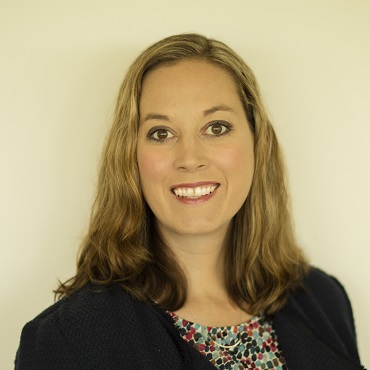
It’s not every day researchers draw from their own experiences as the basis for a published study but that’s exactly what Miles Taylor, associate professor of sociology at Florida State University, has done in her latest paper addressing what she calls the structural burden of caregiving.
The study, “The Structural Burden of Caregiving: Shared Challenges in the United States and Canada,” published in the February edition of The Gerontologist, examines the caregiving stress associated with navigating the health care system in the United States and the social care system in Canada.
A call for papers from The Gerontologist prompted Taylor and her colleague Amélie Quesnel-Vallée, sociology professor at McGill University in Quebec, to consider their own experiences caring for aging parents and to see if those experiences exposed gaps in aging literature.
For Taylor and Quesnel-Vallée, the most noticeable void lay in the area of emphasis and quantifiable data on the amount of time caregivers spend negotiating treatment and services for their care recipients.
“Research up until now has really defined caregiving burden in terms of the amount of time and stress it takes to actually provide care to another person — helping with daily tasks and how especially difficult it can be when they need help with things that are very personal, like bathing,” Taylor said.
Taylor said previous models of caregiving burden have done a good job of notating interpersonal stresses, such as strained relationships and the demands in the caregiver’s life.
But what about the time spent negotiating health care systems, getting the care, getting treatments, figuring out when treatments will be covered and under which circumstances? That part of the caregiving burden, Taylor and Quesnel-Vallée say, isn’t well-articulated or measured.
It was 2010 when Taylor began caring for her grandmother, her only living parent, off and on for about 5 years. That was about the same time Quesnel-Vallée began caring for her mother in Canada. The two found their caregiving trajectories and experiences lined up so much, they decided to put their experiences in this paper.
Although they knew providing the direct care would be difficult, they were not prepared for how much time and stress they would spend trying to understand, negotiate and manage medical and related care for their loved ones. They contrasted the two care settings. Ultimately, they concluded that Canada offers more services for older adults and there is more transparency about what is and what is not covered.
However, there were some common themes among the Canadian and American systems. In both systems the researchers found that a great deal of time was spent negotiating and managing care and services but the burden often went unrecognized. They also found in their experience as caregivers that the systems were characterized by discontinuous and fragmented care. The final common theme researchers noted was the gross potential for inequity for both the caregivers and care recipients.
“We kept telling each other over the course of the past six years, if we felt like this was so difficult and if we had such a hard time, how in the world would other folks begin to deal with this? It must be so much more burdensome,” Taylor said.
Taylor and Quesnel-Vallée felt their education, income and even their race gave them more social currency and health care literacy to help them gain information and access services. The pair want the paper to not only inform health care professionals and policymakers about the aforementioned issues with the two care systems, but also the caregivers themselves.
“We hope caregivers will understand this part of caregiving, the stress involved in managing care and negotiating services, constitutes caregiving time and stress,” Taylor said. “Often, we felt it wasn’t counted in terms of how much time is spent caring for someone else.”
Through their testimony, Taylor and Quesnel-Vallée also hope other scholars will move forward and try to measure this time and stress related to managing care better. Right now, most surveys only question how much time caregivers take feeding or bathing their care recipient or providing other daily tasks such as taking out the trash.
“I think that now we should increasingly ask how much time and stress did you spend negotiating with medical care, and Medicare, and trying to figure out which services were available and when,” Taylor said.
Taylor says a number of people are experiencing the structural burden of caregiving even though it’s not clearly in the literature yet. They hope caregiving theory can broaden and consider this structural burden, especially considering advanced medical practices are causing people to live longer.
“There was a very recent caregiving report that said over half of caregivers are actually engaged in these kinds of tasks, yet we don’t quantify that,” Taylor said. “We don’t say how much time is this taking up? So that’s what we’re hoping to do, shed more light on it — and I think when you give something a name and a clear theme and definition — that’s when you can get the ball rolling to help people to talk about it more.”




